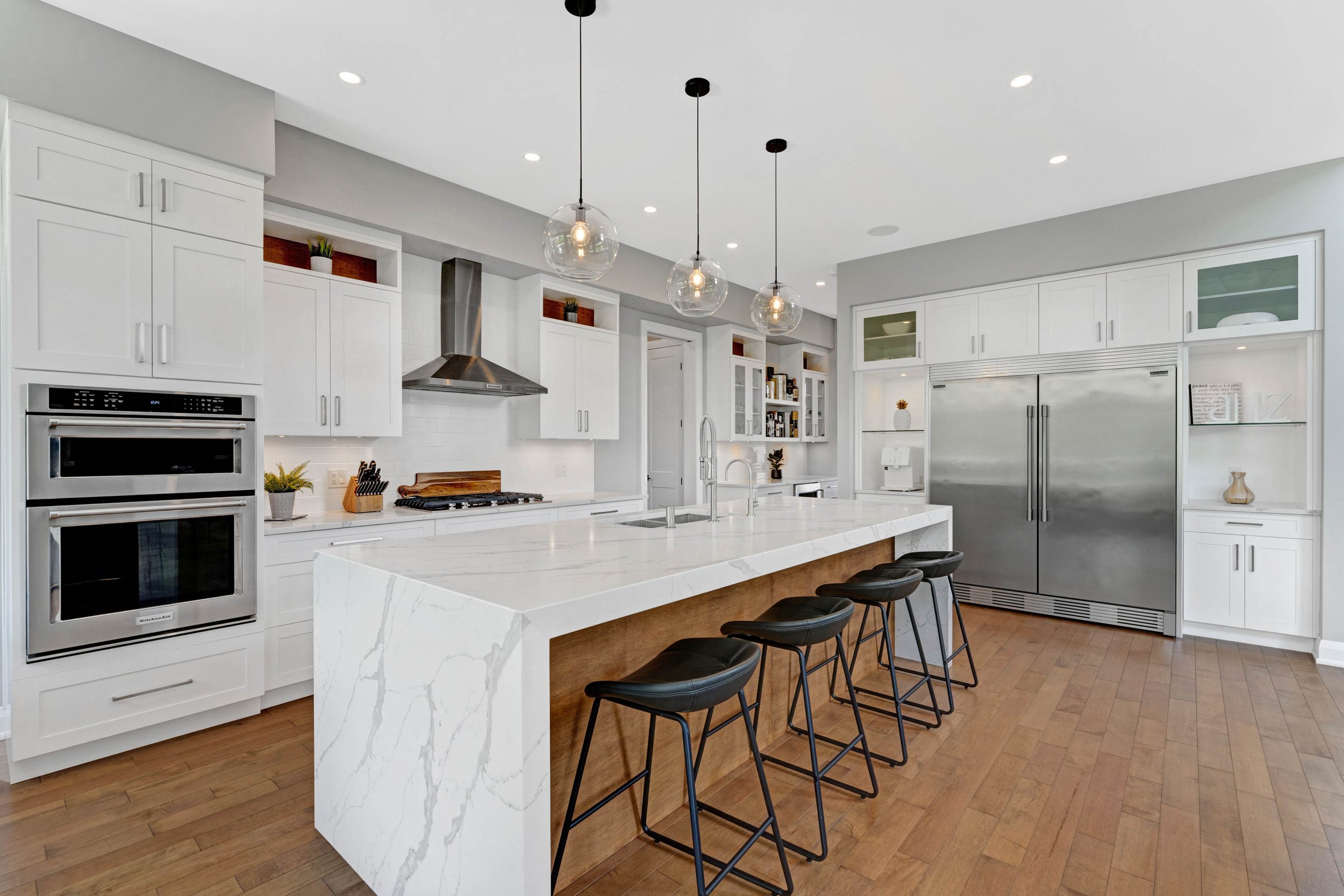
What is HDR Photography?
-
✽
What Does HDR Stand For?
HDR stands for High Dynamic Range. It’s a photography method that maximizes the range of light and shadow captured in an image, making it appear more lifelike.
-
✽
The Science Behind HDR
Cameras have limitations in capturing the full range of light compared to the human eye. HDR compensates by combining multiple exposures, ensuring that both bright skies and dark interiors are represented equally well.
-
✽
How the Human Eye Inspires HDR Techniques
Our eyes constantly adapt to light and dark areas, creating a balanced view. HDR aims to replicate this adaptability, giving photographs a natural, dynamic feel.
-
✽
The Process of Bracketing
Bracketing involves taking multiple shots of the same scene at different exposure levels—some darker, some brighter—to capture details in shadows and highlights.
-
✽
Combining Exposures for Perfect Balance
Specialized software blends these bracketed images into one, creating a photograph that highlights both the brightest and darkest areas seamlessly.
-
✽
Essential Tools: Tripods and Software
A steady tripod ensures consistency between shots, and software like Adobe Lightroom or Photomatix is used to merge exposures for stunning results.

Benefits Of HDR Photography
-
✽
Enhanced Details in Highlights and Shadows
HDR brings out details in both the brightest and darkest areas of a photo, offering a balanced view that feels immersive.
-
✽
Richer, More Vibrant Colors
From deep blues in skies to lush greens in gardens, HDR enhances colors, making images pop.
-
✽
Improved Visual Appeal
HDR photographs are eye-catching, helping photographers and marketers capture attention quickly.
-
✽
Why HDR is a Game-Changer in Real Estate
Real estate relies on visuals. HDR ensures that every corner of a room or outdoor space is captured beautifully, enticing buyers to explore further.
-
✽
Showcasing Properties Effectively
By balancing bright windows and dark interiors, HDR provides potential buyers with an accurate view of a property’s layout and ambiance.
-
✽
Examples of HDR in Real Estate Photos
HDR excels in making living rooms look inviting, kitchens shine, and exteriors pop with vibrant curb appeal.
FAQs
-
A DSLR or mirrorless camera, a sturdy tripod, and HDR software like Lightroom are essentials.
-
Avoid over-editing and focus on blending exposures for a realistic finish.
-
Yes, but it works best in properties with varied lighting conditions.
-
HDR captures a wider range of light and shadow, offering more detail and vibrancy.
-
Yes, excessive editing can make photos look unrealistic. Aim for subtle enhancements.
